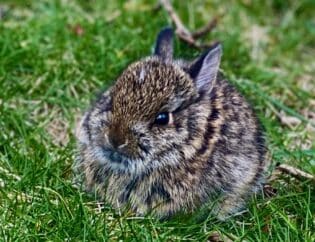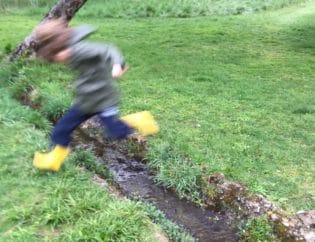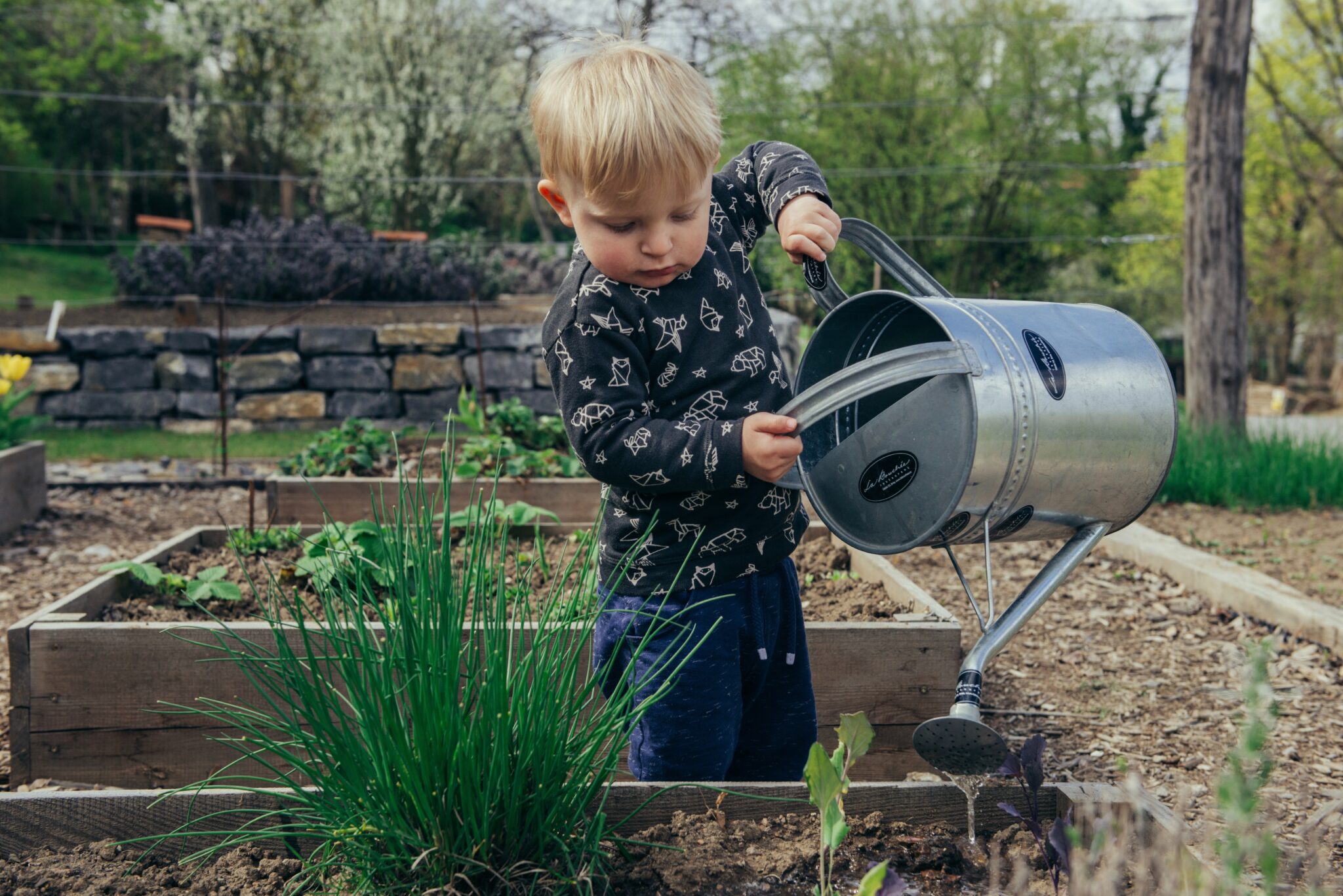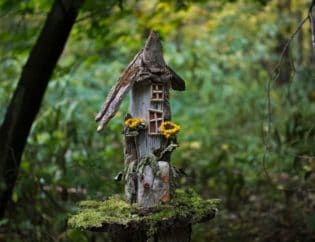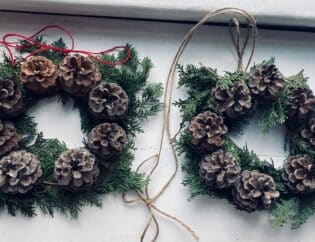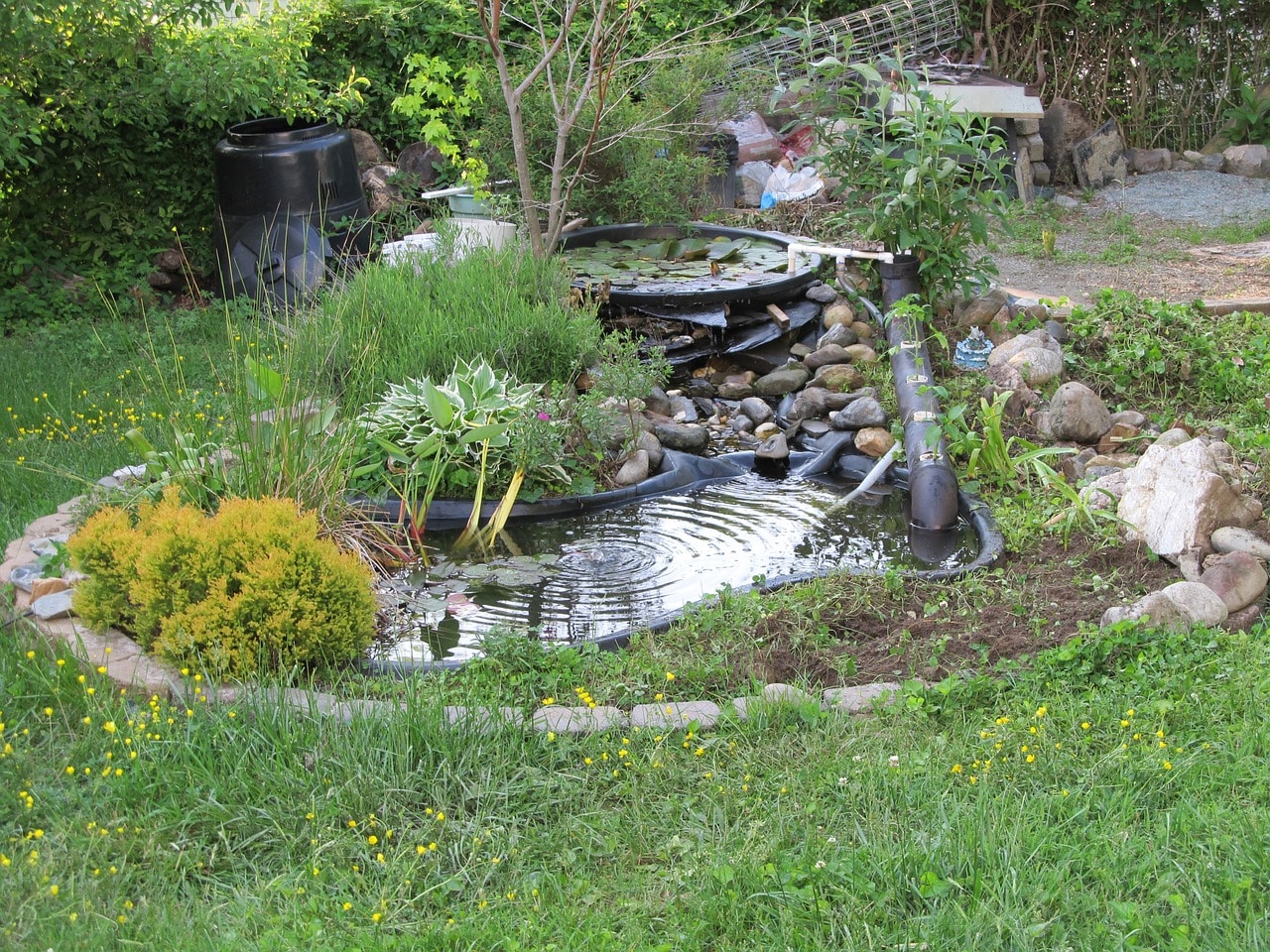
It’s small. It’s simple. And it’s likely to become a favorite spot for nature observation for your family. A backyard pond is an excellent way to encourage wildlife to make your backyard its home. Plus, direct observation of their immediate surroundings, such as a backyard, schoolyard, or local pond, is a great way for kids to learn about the living environment. And the best news— setting one up is much easier than you think!
What is a pond?
A pond is an isolated freshwater community of organisms that can include plants, fish, birds, butterflies, frogs, insects, algae, snails, amphibians, worms, unicellular organisms and many others. Ponds tend to be small, shallow bodies of water with sunlight penetrating all parts. They can often have a murky appearance due to stagnant particles in the water.
Why build a pond?
Ponds are amazing for studying freshwater ecology since they are small enough to be able to observe. What’s fascinating is that a pond creates its own ecosystem and offers the potential for rich diversity of organisms. Wildlife is drawn to water as it’s crucial for survival so, as they say, if you build it, they will come! This variety of plants and animals will do all of the work together to maintain your pond as a healthy ecosystem.
Where to build a pond
Ponds are typically small, sometimes no larger than 3 to 4 feet in diameter, or the size of a birdbath. Your backyard pond can be built into the ground or in barrels or other patio containers.
When surveying your yard or school ground for a good site, try to find a site that is not under trees for less maintenance. Keep in mind that most aquatic plants will grow better in full sun or at least four or more hours of direct sunlight. Try to avoid low-lying areas that naturally collect runoff water. Consider locating your backyard pond where you can see it from a deck or patio and have it blend in with its natural surroundings.
How to install a pond
Ideally, you will use a flexible pond liner for your pond. You can start by digging a hole to the correct depth and slightly wider, inserting the liner, making sure it is level and sits securely in the ground. You can design a beach or ledge into your pond edge or construct one using stacked rocks or logs. Many materials are suitable to edge the pond: slate, brick, rocks, concrete, turf grasses, and other plantings. Keep in mind that the edging of the pond should not present an obstacle to an animal trying to get into or out of the water. This gradual change in depth allows critters to get in and out easily while giving birds and butterflies a place to dip into shallow water. Pond ledges also create spaces for shallow-water aquatic plants to grow.
According to the USDA’s Natural Resources Conservation Service, you can put in a backyard pond anytime the ground is not frozen or overly wet. If using a pre-formed liner, plan on at least a weekend to install and landscape. The NRCS site includes detailed steps for design and construction so be sure to check those out!
Tips for enjoying your pond
Pumps, waterfalls, and fountains create a wonderful environment for wildlife. Birds are actually attracted to moving water; provide a place for them to land and birds will be frequent visitors. Keeping water circulating will also help prevent mosquito larvae from hatching.
To create a successful mini-pond, there must be the correct combination of organisms, amount of food, chemical balance, sunlight, and temperature. You can jump-start your pond life by adding a bucket of water from a nearby natural pond. One bucket will introduce millions of organisms to help keep the system in check.
Need some ideas for deepening the learning?


